Organise for Success: Top 5 Educator Tips to Beat Burnout
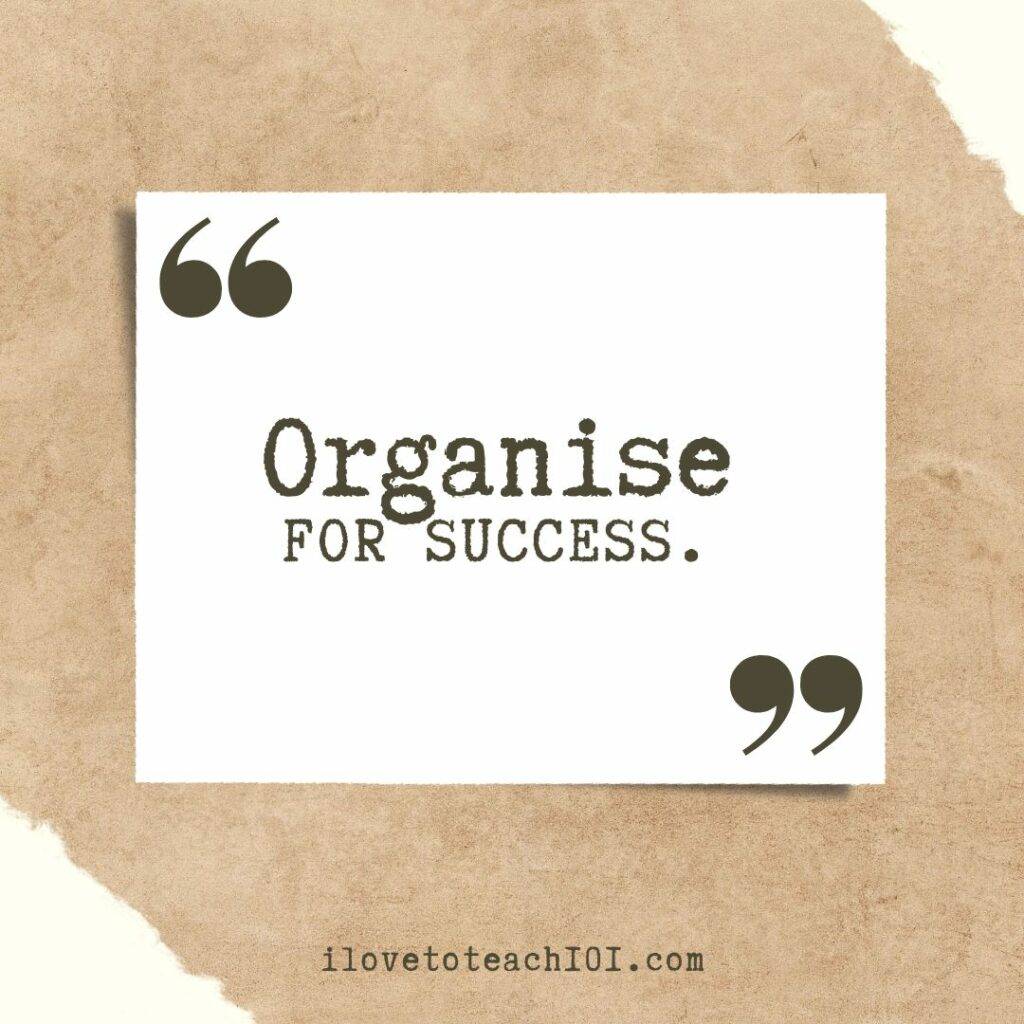
Organise for success—it’s not just a catchy phrase, it’s your survival toolkit in teaching. A well-organised classroom isn’t just about tidy desks and neat schedules; it’s about reducing stress, improving student engagement, and preventing burnout.
Right now, teaching is tougher than ever. Reports from December 2023 reveal that nearly half of teachers in both the United States and Australia are leaving the profession. The pressure is immense, but the key to longevity lies in how we organise for success.
We can’t control everything, but we can take charge of our time, routines, and mindset. Five influential educators—Wong, Tomlinson, Marzano, Jones, and Lemov—offer proven strategies to help us stay focused, streamline our classrooms, and prevent burnout.
🟢 Wong’s routines bring structure and calm.
🟢 Tomlinson’s differentiation makes learning personal.
🟢 Marzano’s research-backed strategies boost teaching efficiency.
🟢 Jones’ time management techniques reduce overwhelm.
🟢 Lemov’s “Teach Like A Champion” methods sharpen instructional effectiveness.
Together, their insights help us not just cope, but thrive, blending their strategies to master the art of teaching without burning out.
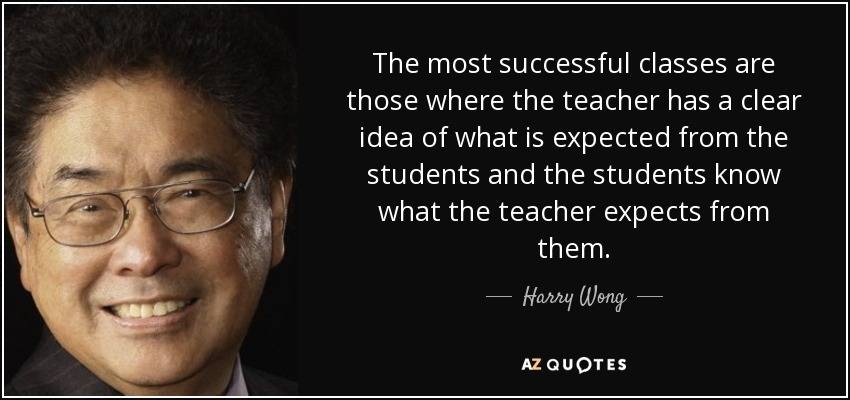
1. Organise for success with Harry K. Wong’s methodology to teach routines and procedures
In our quest to organise for success, let’s turn the spotlight on Harry K. Wong’s, ‘Well Managed Classroom’. As we all know, the teaching profession can sometimes feel like we’re juggling flaming torches while riding a unicycle. It’s exhilarating, but too easy to get burned out! So, how to keep the fire burning without getting singed? Wong’s mantra says to establish routines for effective teaching.
Imagine walking into your classroom, where every student is a cog in a well-oiled machine, each knowing exactly what to do and when to do it. This is the power of a routine. When students know the drill, it’s like having an invisible assistant who keeps the show running. You’re not constantly barking orders or firefighting chaos. Instead, you’re the composed conductor of an orchestra, where every student plays their part in harmony.
Now, let’s break it down. How do we actually organise for success with routines? Start simple. A morning ritual could be as straightforward as a five-minute silent reading or a quick brainstorming session on the board. It sets the tone for the day, telling students, “Hey, it’s time to switch on our learning engines.”
But here’s the good news. Routines aren’t just about the students, they’re our lifeline, too. A predictable classroom schedule isn’t just a lullaby for student engagement. It’s our personal shield against the chaos that leads to burnout. When the day flows predictably, we’re not constantly drained by the unexpected. We have space to breathe, to think, to be the teacher we always wanted to be.
In a nutshell, to organise for success means embedding routines that let ourselves and our students thrive. It’s about creating a learning environment where everyone knows their role, reducing stress and enhancing productivity. So, let’s take a leaf out of Wong’s book and turn our classrooms into havens of organised learning, one routine at a time.
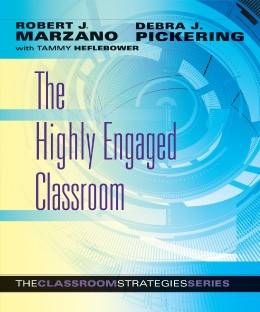
2. Empowering education: Robert J. Marzano’s research-driven success strategies
Robert J Marzano provides a map for educators stating, “Effective classroom management is directly linked to good instruction.” He draws a clear line between well-organised, research-backed teaching methods and the overall success of our students.
Let’s face it, our days are often a marathon of lesson planning, grading, and managing diverse classroom dynamics. It can feel like running an obstacle course in a hurricane! But here’s the crux. When we anchor our teaching in research-based strategies, we’re not just shooting in the dark. We’re using a GPS to navigate the complexities of education. This approach is crucial to organise for success, transforming our classrooms into laboratories of learning where every experiment is meticulously planned and executed.
Imagine a classroom where every activity, from group discussions to solo projects, is backed by solid research. This isn’t just about following a trend, it’s about knowing that there’s evidence behind every decision you make. It’s about confidence in our methods and reassurance that you’re on the right path. This confidence is key to preventing burnout. When we know that our methods are tried and tested, we spend less time worrying about whether we’re doing the right thing and more time seeing the fruits of our labour.
Marzano’s approach to classroom management isn’t just a set of rules. It’s a mindset. It’s about seeing our classroom as a space where every element, from the seating arrangement to the way we pose questions, is a deliberate choice backed by research. This methodical approach helps to streamline our teaching process, reducing the sense of being overwhelmed and giving us more time to focus on what truly matters — inspiring our students.
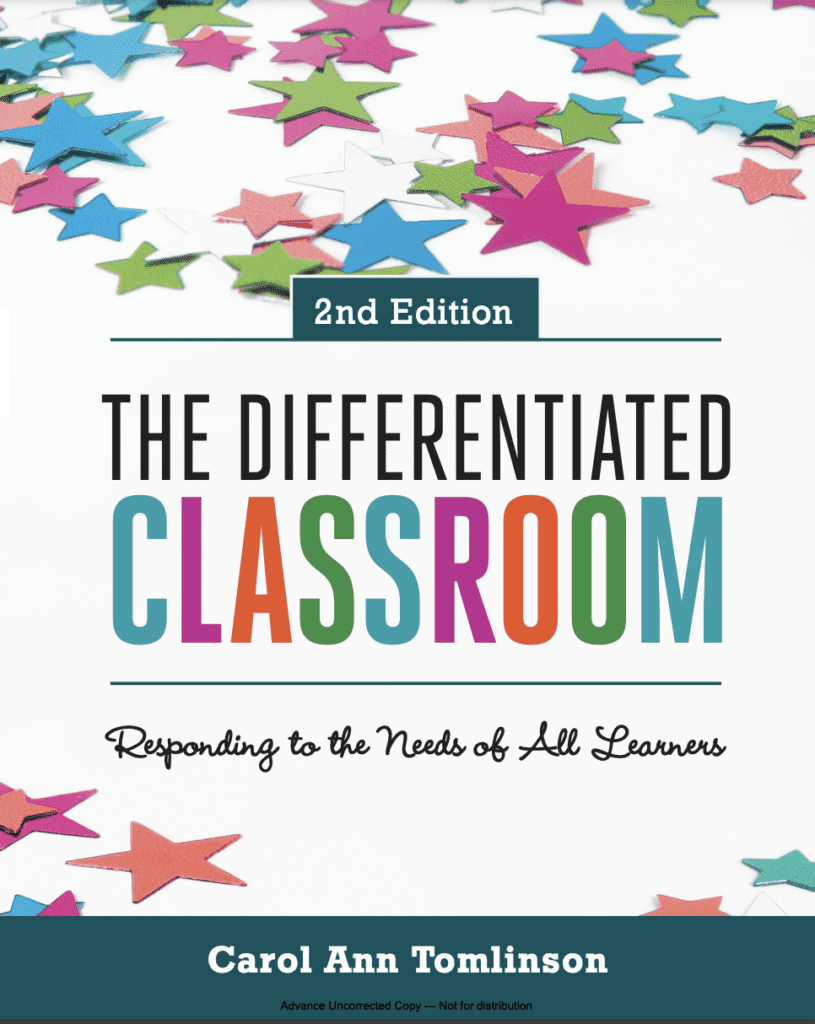
3. Tailoring triumphs with Carol Ann Tomlinson: differentiating to deter burnout
To organise for success let’s turn to Carol Ann Tomlinson who states that “Effective teachers understand that students differ, and wise teachers use that knowledge to enhance learning for all.” This perspective is a beacon in our mission to not just organise but to personalise our teaching for success.
Now, let’s get real. As teachers, our days are often a whirlwind of lessons, marking, and meetings. But here’s the thing: when we differentiate our teaching to meet each student’s unique needs, we’re not adding more to our plate. Instead, we’re seasoning the dish we’ve already got. Differentiation isn’t about creating thirty different lesson plans for thirty students. It’s about tweaking the recipe so that each student gets a taste of success.
Imagine a classroom where Jack, who thrives on hands-on activities, is building a model, while Jill, who loves to write, is crafting a story. Both are learning the same concept, but in ways that light their fires. This is the essence of organising for success through differentiation. It reduces the tug-of-war between teaching and learning, making the classroom a more efficient, engaging place. And efficiency is the golden ticket to beating burnout.
Differentiation can start with something as simple as offering a choice in how to complete an assignment. Or using varied instructional strategies like group work or individual research. It’s about knowing your students and using that knowledge to guide your teaching.
In essence, to organise for success with differentiation means to embrace the unique tapestry of learners in your classroom. It’s not just about meeting educational standards, but about igniting a passion for learning in every student. And when students are engaged, and lessons feel purposeful, the daily grind doesn’t feel so grinding. That’s how we, as teachers, can keep our spark alive and keep burnout at bay. Let’s make our classrooms vibrant ecosystems of varied learning, one differentiated strategy at a time.
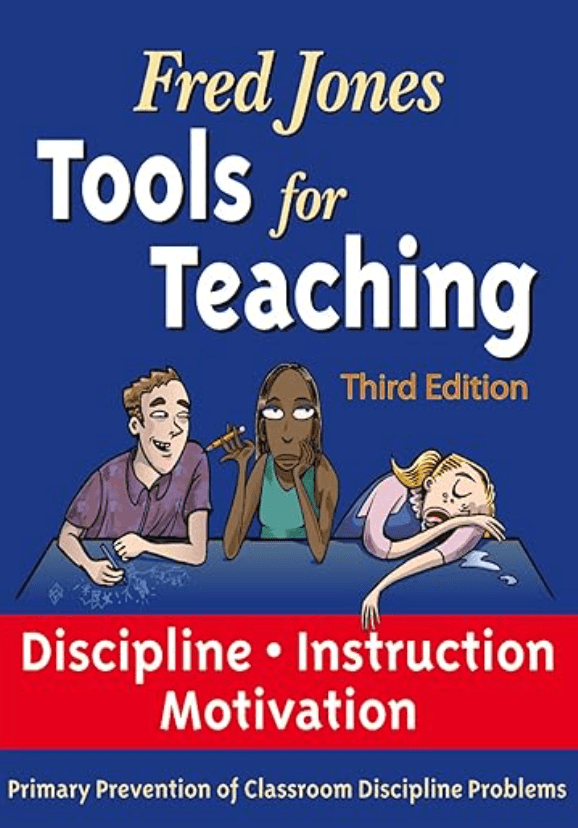
4. Utilising Fred Jones time mastery tools to minimise overwhelm
“Effective classroom management involves much more than just rules and discipline, it’s about maximising instructional time.” This statement by Fred Jones, is a lighthouse for teachers navigating the rough seas of classroom disruptions and time management.
Now, let’s get down to brass tacks. As teachers, our time is as precious as a diamond in a coal mine. Every second counts. Yet, how often do we find ourselves losing precious minutes to disruptions, transitions, or just plain old disorganisation? This is where Jones’s philosophy comes into play, helping us to organise for success by maximising instructional time and minimising disruptions.
I like his post ‘It’s never too late‘ by Fred Jones. He shares how easy it is to fall into the trap that once students have formed bad habits we can’t change them. He exhorts us to form a new strategy to organise for success and implement it tomorrow.
Picture this: You step into your classroom, and instead of the usual chaos, there’s a rhythm, a flow to the way things are done. Students transition from one activity to the next like clockwork. This isn’t a fantasy, it’s the reality of a well-organised classroom where instructional time is cherished like a treasure.
Jones’s strategy revolves around establishing clear procedures and expectations. It could be as simple as having a visible timer to manage transitions or a clear signal that gets everyone’s attention. It’s about crafting a classroom environment where students know what to expect and when to expect it. This kind of predictability is comforting, not just for students, but for us as well.
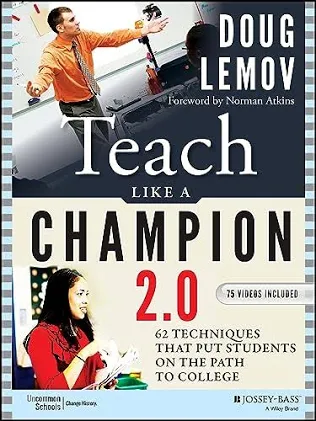
5. Doug Lemov’s Strategies to Organise for Success
In the dynamic world of education, where challenges spring up like weeds in a garden, Doug Lemov offers a refreshing, structured approach to not only manage these challenges but also to organise for success. His methodology isn’t just about keeping the educational ship afloat but ensuring it sails smoothly towards the horizon of student achievement and teacher well-being.
Lemov’s technique-based instruction is a cornerstone for educators looking to organise for success. By mastering specific, actionable strategies, teachers can create efficient routines and clear structures which reduce the chaos of daily classroom life. This organisation reduces stress and the feeling of being overwhelmed, common precursors to burnout. Emphasising the importance of being prepared, Lemov equips teachers with a toolkit that transforms reactive teaching into proactive learning adventures.
The ethos of ‘practice makes perfect’ is vital in Lemov’s philosophy to organise for success. By advocating for regular and deliberate practice of teaching techniques, educators not only enhance their skills but also gain confidence and competence. This continuous improvement cycle helps in maintaining high energy levels and enthusiasm, key ingredients to staving off burnout. It’s about turning the classroom into a stage where every lesson is a finely rehearsed play, leaving little room for the unexpected dramas that drain teachers’ spirits.
Lemov understands that to effectively organise for success, data must drive decisions. This strategic approach ensures that teachers are not endlessly toiling away without direction but are making informed choices that lead to significant and measurable educational gains. By aligning teaching strategies with assessment data, educators can see the tangible results of their efforts, boosting morale and reducing the risk of burnout. It’s about making each minute count and seeing the colour and potential in every student’s progress.
In essence, Doug Lemov’s strategies to organise for success are not just about managing students effectively but about managing oneself. With his clear, focused approach, teachers can build a resilient, productive classroom environment that minimises stress and maximises both teacher and student satisfaction. In the whirlwind of educational demands, Lemov’s tips are a beacon, guiding educators to a place where they can thrive, not just survive.

Revitalize your teaching approach with “A Teacher Style Guide to Classroom Organization.“ This concise, ebook is your gateway to a more inspired, organised classroom. Get ready to transform your day with practical strategies. Elevate your teaching journey today!
Embarking on a journey to organise for success and renewal
Here we are, at the end of our exploration, having woven together the wisdom of five experts to help us organise for success. I know, that some days, our teaching lives can feel like a relentless storm. Standing there, wondering if the sun will ever shine through those classroom windows again. Drowning in a sea of papers and lesson plans, but here’s the thing – it’s not just about surviving the storm. It’s about learning to dance in the rain.
We’ve gathered a treasure trove of strategies: from establishing routines that bring order to our days, to differentiating our approach to ignite every student’s potential. We’ve looked at harnessing research-based strategies to steer our teaching ship confidently and using time management techniques to calm the choppy waters. Let’s not forget the heart of it all – building those precious, life-changing relationships with our students.
So, what’s next? Take a small step. Choose one strategy from what we’ve discussed. Maybe it’s setting up a new morning routine or trying a different way to differentiate in the next lesson. It doesn’t have to be grandiose. It just needs to be a start. This small step is a signal that we’re on the path to a brighter, more fulfilling teaching experience.
Remember, organising for success is not merely a catchphrase; it’s a vital strategy to rekindle the passion and purpose that brought us to the teaching profession. Envision yourself entering school feeling rejuvenated, lighter, and brimming with inspiration, ready to transform every challenge into an opportunity.
